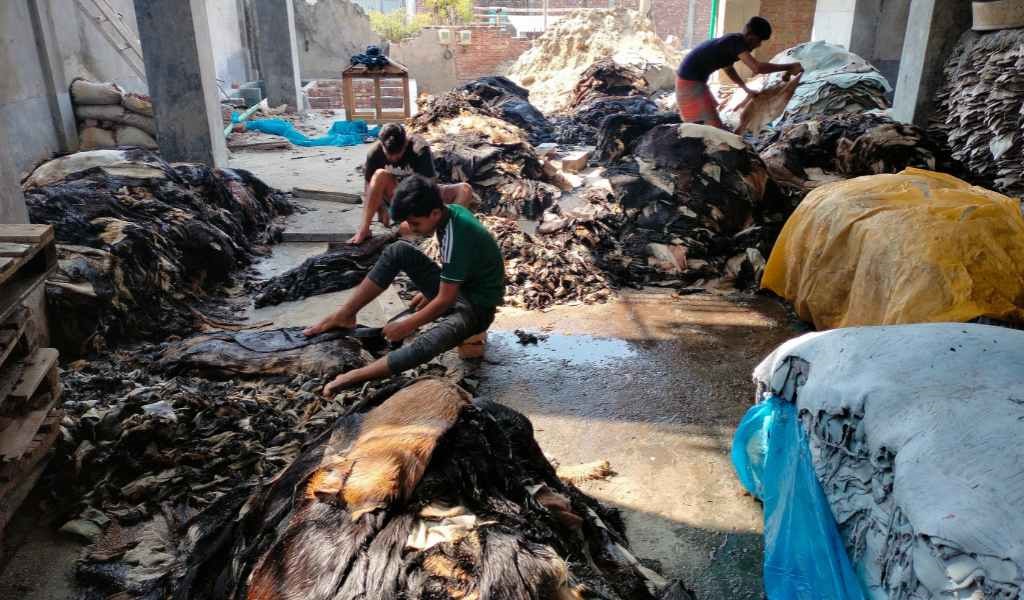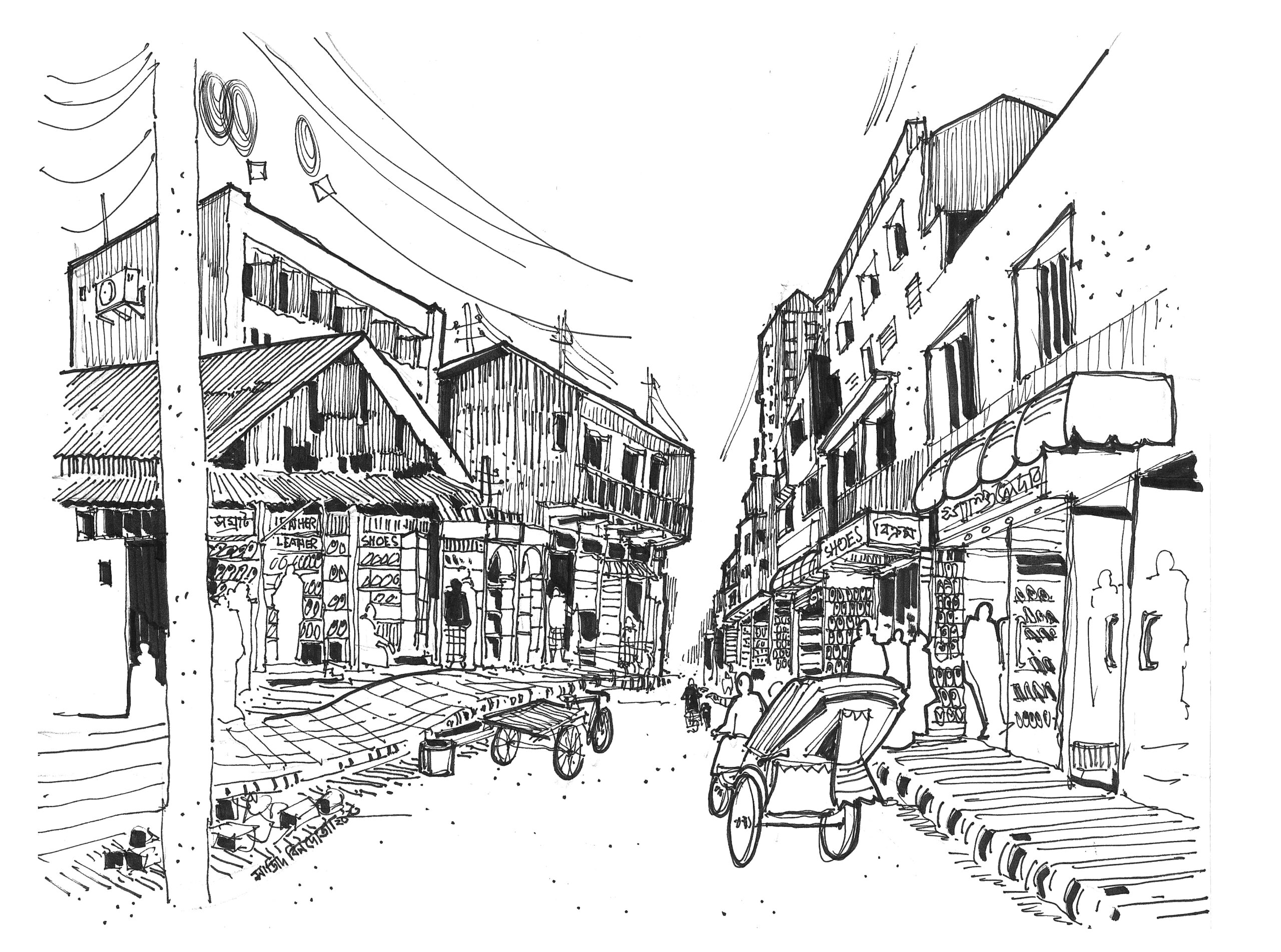Children’s stories on family violence, health crises, and access to education, in the context of their lives as child labourers, are today brought to life through a new immersive, visual, multi-lingual (English, Bangla and Nepali) platform ‘Hard Labour: A collection of stories about working children in Kathmandu and Dhaka’.

This is a culmination of over five years of research by the Child Labour: Action-Research-Innovation in South and South-Eastern Asia (CLARISSA) consortium, including 25 action research groups of both children and business owners engaged in the Adult Entertainment Sector in Kathmandu and the leather supply chain in and around Dhaka, Bangladesh.
This platform illustrates the daily lives of working children and situates their lived experiences. It includes an immersive look at the businesses and urban neighbourhoods where spaces for the worst forms of child labour are created. It aids understanding of how and why children enter, and remain in, hazardous and exploitative work. Children undertook much of the mapping and qualitative research that generated this content. We hope that this new platform shows the ability of marginalised children to capture the details of their own lives and ideas for change.
Child labour experiences
CLARISSA generated evidence-informed, innovative solutions by children to avoid hazardous, exploitative labour in Bangladesh and Nepal. This collection of life stories, stories of children’s days, stories of commercial and residential neighbourhoods and ethnographic studies of workplaces conveys the systems dynamics which compel children into work and keep them there. The programme was led by the Institute of Development Studies with key global and regional partners.
Learnings
Including different actor perspectives on a website meant we were able to build a more complete picture. Designed so people can easily move from one story to another, and filter by issues like ‘long work days’ and ‘sexual abuse’ means it’s harder for a single child’s story to be dismissed as an outlier – underpinning an individual child’s experience with a robustness that only comes from situating one experience in the context of many.
“The Hard Labour website is a resource for understanding the micro level detail of the world that working children inhabit. It an immersive and interactive way of engaging with lives of children, how they experience each day, the small businesses they work for and the neighbourhoods they live and work in.” said Danny Burns, Senior Research Fellow at IDS and Director of CLARISSA.

Two new papers have also been published today linked to the research in this site A day in the life of a working child in Dhaka, Bangladesh and A day in the life of a working child in Kathmandu, Nepal. These synthesis papers summarise patterns in the lived experience of children who went about a typical day in their lives, bringing into view the challenges that children in worst forms of child labour navigate before, after, and between work. The findings illustrate how children struggle to combine work and school.
Use and impact
Innovative and participatory forms of evidence translation and communication to key stakeholders can be critical to facilitating meaningful policy influence, labour reforms and child-protective laws. Jody Aked, Associate Researcher and one of the lead authors said “The Hard Labour website brings us closer to the day-to-day realities of worst forms of child labour. It’s storytelling at its best – with compelling narratives and insights that can inform policy making” .
